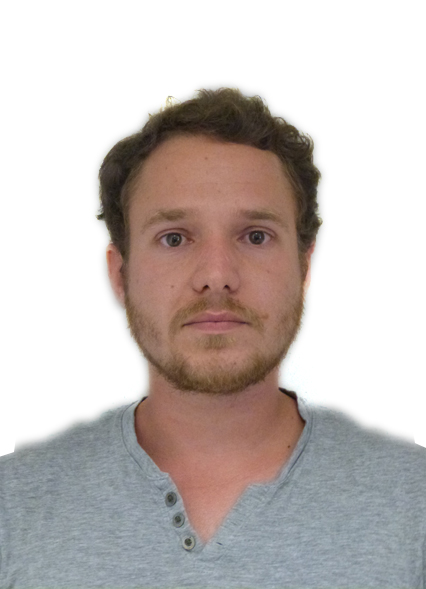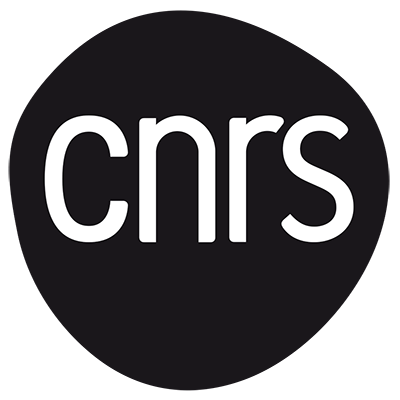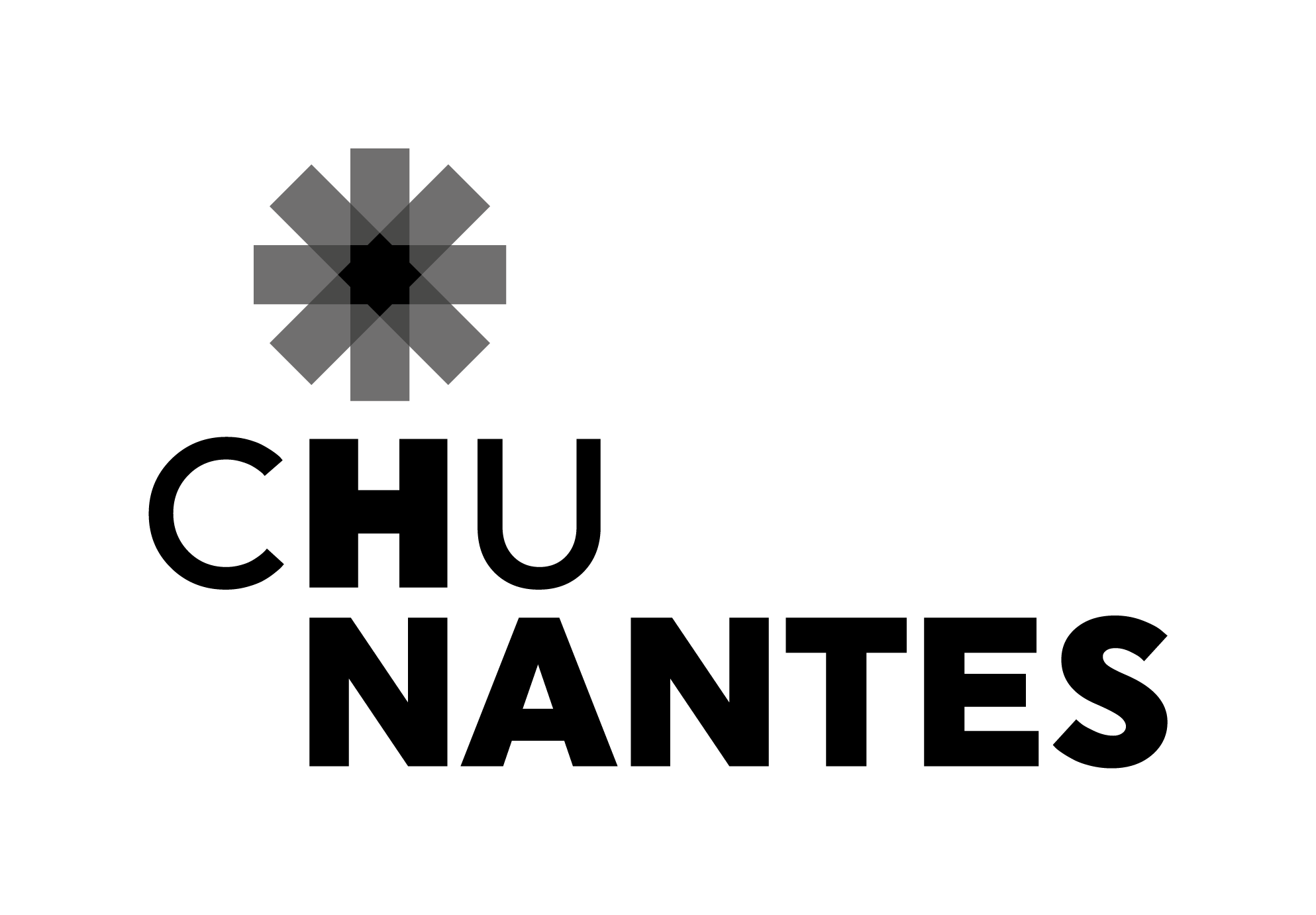Soutenance de thèse Méryl ROUDAUT
https://umr1087.ppksup.univ-nantes.fr/medias/photo/roudaut-meryl_1594369469837-jpg
-
Le 26 novembre 2020A huis closfalse false
-
14h00
Titre de la thèse : Human induced pluripotent stem cells : an innovative model for the discovery of a new function of PCSK9 and the setup of liver organoids
Equipe
Equipe IV - Dyslipidemias and lipotoxicity
Directeur de thèse
Bertrand CARIOU
Co-encadrant
Karim SI-TAYEB
Nathalie MAUBON, HCS Pharma
Jury
- Dr Georges UZAN, DR CNRS, Directeur de l’unité INSERM 1197 Institut André Lwoff - Villejuif (rapporteur)
- Dr Hélène GILGENKRANTZ, DR INSERM Centre de Recherche sur l’Inflammation, Co-responsable de l'équipe Réponses inflammatoires et stress dans les maladies chroniques du foie - Paris (rapporteur)
- Pr Philippe MOULIN, PU-PH, Hôpital Cardiologie Louis Pradel - Inserm U1060 - Lyon (examinateur)
- Dr Laura Broutier, CR INSERM, Centre de Recherche en Cancérologie (CRCL, UMR Inserm 1052 CNRS 5286 - Centre Léon Bérard) - Lyon
- Dr Guillaume Vidal, Ph.D., Project manager @ Genfit - Lille
Résumé
Human induced pluripotent stem cell (hiPSCs) offer an attractive alternative to study novel functions linked to diseases and to setup innovative models. In this context, we studied a key player of the hepatic cholesterol metabolism regulation, PCSK9. Upon hiPSCs differentiation into hepatocyte-like cells, we found an unexpected role of PCSK9 in undifferentiated cells. Using tools such as overexpression, CRISPR/Cas9-mediated gene invalidation, and hiPSC derived from a patient carrying PCSK9 loss of functions mutations, we found a regulatory effect of PCSK9 on the TGFß pathway. This effect is mediated by DACT2, a negative regulator of the TGFßR subunit R1. Through DACT2 modulation by PCSK9, the SMAD2 phosphorylation is impacted, thus hiPSCs proliferation.
In parallel, to enhance hepatic cells functions generated from hiPSCs, we setup a new simplified procedure to obtain liver organoïdes. hiPSCs are cultured in a modified hydroscaffold, BIOMIMESYS®, produced by HCS Pharma in a 96-well format suitable for molecular screening. Our procedure, recapitulating key steps of liver development, allowed us to generate liver organoids including not only hepatocytes but also, biliary-, stellate- and endothelial-cells. Functional characterizations showed enhanced cytochrome activities compared to HLCs and excellent pharmacological responses with lipid accumulation upon amiodarone or ethanol treatments and LDL-bodiopy uptake upon statin treatments. As our model can be personalized and automatized, if offers a new perspective for high content molecular screening.
In parallel, to enhance hepatic cells functions generated from hiPSCs, we setup a new simplified procedure to obtain liver organoïdes. hiPSCs are cultured in a modified hydroscaffold, BIOMIMESYS®, produced by HCS Pharma in a 96-well format suitable for molecular screening. Our procedure, recapitulating key steps of liver development, allowed us to generate liver organoids including not only hepatocytes but also, biliary-, stellate- and endothelial-cells. Functional characterizations showed enhanced cytochrome activities compared to HLCs and excellent pharmacological responses with lipid accumulation upon amiodarone or ethanol treatments and LDL-bodiopy uptake upon statin treatments. As our model can be personalized and automatized, if offers a new perspective for high content molecular screening.

Mis à jour le 08 octobre 2020.





